
- What is Line Dancing?
- History of Line Dancing
- Types of Line Dancing
- Modern Pop and Hip-Hop Influence on Line Dancing
- How to Get Started with Line Dancing
1. What is Line Dancing?
Line dancing is a form of dance in which a group of people perform a choreographed series of steps in one or more lines or rows. The dancers move in unison, often following a set pattern, which makes it an accessible and enjoyable activity for people of all ages and skill levels. Line dancing is popular in many settings, from social gatherings to formal events, and is especially known for its presence in country-western dance floors.
What sets line dancing apart from other forms of dancing is its ability to bring people together without the need for a partner. Whether you're a beginner or an experienced dancer, line dancing is a fun way to get moving and enjoy the rhythm of the music. While traditional country line dances are still prevalent, today, line dancing embraces a wide variety of genres, including modern pop and hip-hop.

Rock City Dance Center - Conway / rock city dance center
1058 Front St #102, Conway, AR 72032, USA
2. History of Line Dancing
Line dancing dates back to the early 19th century, with roots in folk dances and square dancing. However, its modern popularity surged in the 1970s and 1980s, especially with the rise of country music. Classic line dances like the “Electric Slide” and “Boot Scootin' Boogie” became staple dances in bars, clubs, and dance halls.
Throughout the years, line dancing continued to evolve. It wasn’t long before people began incorporating a variety of musical styles, from pop to hip-hop, into their routines. Today, line dancing is a universal dance form, celebrated not only in country-western communities but also in dance studios and fitness classes worldwide. With its simple steps and infectious rhythm, line dancing continues to thrive as a fun and dynamic activity for all ages.
3. Types of Line Dancing
Line dancing has expanded to include a wide variety of styles and genres. Below are some of the most popular types of line dancing:
3.1 Country-Western Line Dancing
Country-western line dancing is the most well-known style and is usually performed to country music. Classic dances like the "Cha-Cha Slide" or "Cotton-Eyed Joe" have been staples of country dance halls for decades. These dances often involve simple steps and rhythms that are easy to follow, making them ideal for beginners.
3.2 Modern Pop Line Dancing
Modern pop line dancing has gained popularity in recent years, blending traditional line dance moves with contemporary pop songs. These dances often include upbeat and catchy songs by artists like Taylor Swift, Bruno Mars, or Justin Timberlake. The choreography in modern pop line dancing can vary, from simple steps to more intricate routines, but the focus is always on fun, fluid movements that get people moving and grooving.
3.3 Hip-Hop Line Dancing
Hip-hop line dancing is a more recent evolution of the classic form, incorporating elements of urban dance styles. Hip-hop line dances are often performed to hip-hop, R&B, or rap songs, and the moves tend to be faster-paced and more fluid. Dances like the "Cupid Shuffle" and "Wobble" have become popular in social settings, allowing dancers to show off their creativity while still following a group routine.
3.4 Latin-Inspired Line Dancing
Latin-inspired line dancing combines traditional line dance elements with the rhythms of salsa, merengue, or cha-cha music. This style is energetic and full of flair, with intricate footwork and fast-paced beats. Latin line dancing has become increasingly popular at social gatherings, providing a fun way to experience Latin music and dance.
4. Modern Pop and Hip-Hop Influence on Line Dancing
In recent years, modern pop and hip-hop music have influenced the world of line dancing in a major way. These genres are known for their high energy, catchy beats, and rhythmic grooves, which perfectly complement the basic structure of line dancing. Many line dances now incorporate hip-hop or pop songs, with choreographers creating routines that match the beat, tempo, and vibe of the music.
One of the biggest impacts of modern pop and hip-hop music on line dancing is the incorporation of more freestyle elements. In traditional country-western line dancing, the moves are more structured and predetermined. In pop and hip-hop line dances, however, there’s often room for individual expression. Dancers are encouraged to add their personal flair to the routine, which makes the experience more exciting and inclusive.
Popular hip-hop and pop line dances include moves like the "Dougie," "Tootsie Roll," and "Hit the Quan." These dances can be performed as a group or solo and are commonly seen in clubs, social events, and dance studios. The combination of familiar pop songs and easy-to-learn choreography makes them an instant hit with dancers of all ages.
5. How to Get Started with Line Dancing
Getting started with line dancing is easier than you might think. Here are a few tips to help you get into the groove:
5.1 Take a Class
If you're new to line dancing, consider taking a beginner class at a local dance studio or community center. Many places offer introductory lessons where you can learn the basic steps and get comfortable with the rhythm. It's also a great way to meet others who share your interest in dancing.
5.2 Watch Online Tutorials
There are plenty of online resources and tutorials for learning line dancing, from YouTube videos to dedicated dance websites. Watching step-by-step guides can help you practice the moves at home, and many tutorials offer breakdowns of popular dances, from the “Electric Slide” to newer pop and hip-hop routines.
5.3 Practice Regularly
Like any dance, practice makes perfect. The more you practice, the more comfortable you will become with the steps and the rhythm. Start with simple routines, and as you improve, try more complex dances. Before long, you'll be ready to join in at social events or even take your skills to a professional level.
For those interested in taking their dance skills to the next level, visit Creative Edge Dance Studio for expert guidance, classes, and resources to help you master the art of line dancing.
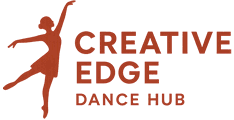

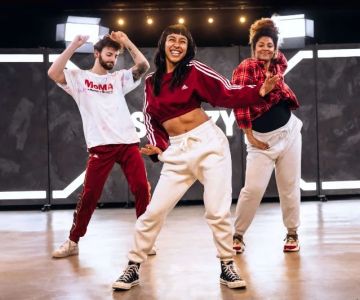
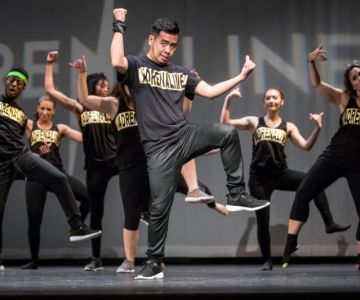

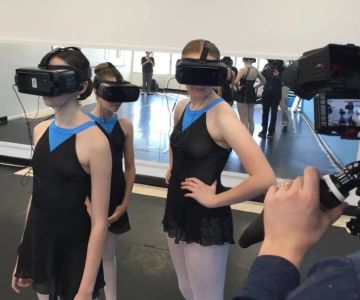
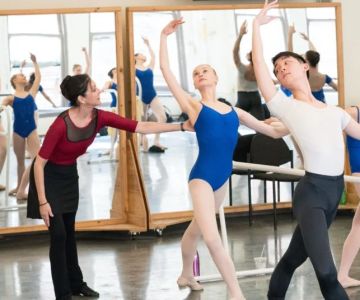
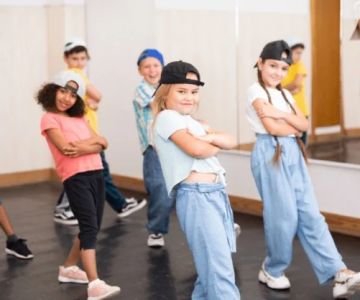
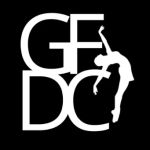 Gracefully Fierce Dance Company0.0 (0 reviews)
Gracefully Fierce Dance Company0.0 (0 reviews) Lumina Ballroom Dance Studio5.0 (1 reviews)
Lumina Ballroom Dance Studio5.0 (1 reviews) Denoche’s Bar Dance club4.0 (15 reviews)
Denoche’s Bar Dance club4.0 (15 reviews)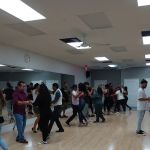 Amaya Dance4.0 (69 reviews)
Amaya Dance4.0 (69 reviews)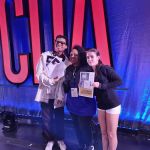 The Core Academy5.0 (22 reviews)
The Core Academy5.0 (22 reviews)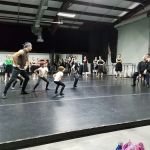 Bay Area Houston Ballet & Theatre4.0 (29 reviews)
Bay Area Houston Ballet & Theatre4.0 (29 reviews)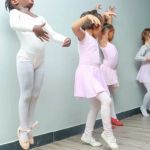 The Real Cost of Dance: Classes, Shoes, and Attire Breakdown
The Real Cost of Dance: Classes, Shoes, and Attire Breakdown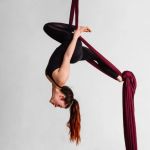 My Story of Learning Aerial Silk Dance — Why I Loved It
My Story of Learning Aerial Silk Dance — Why I Loved It The Etiquette of Recording in Dance Class: When and How to Ask
The Etiquette of Recording in Dance Class: When and How to Ask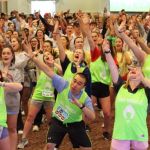 What is Dance Marathon? Fundraising and Endurance Events Explained
What is Dance Marathon? Fundraising and Endurance Events Explained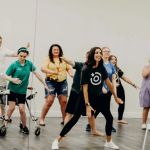 My Experience With Teaching Inclusive Dance Workshops — What I Learned
My Experience With Teaching Inclusive Dance Workshops — What I Learned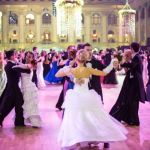 Best Social Dances to Learn for Weddings and Parties
Best Social Dances to Learn for Weddings and Parties